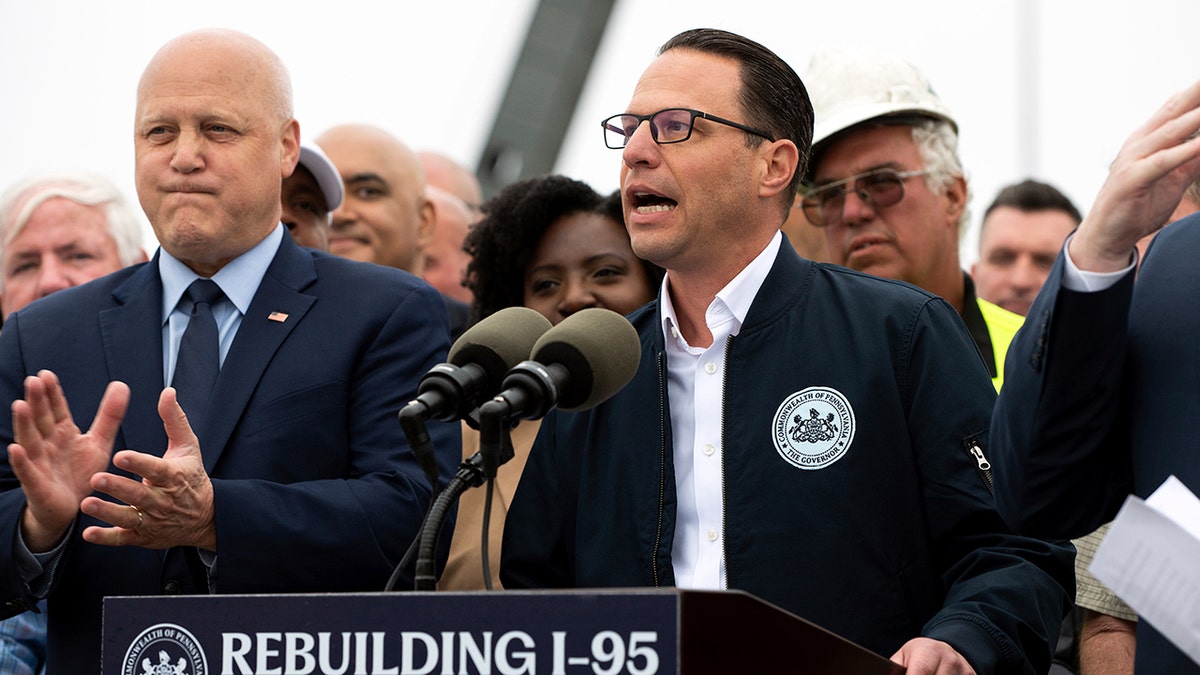Fox News Flash top headlines for June 30
Fox News Flash top headlines are here. Check out what's clicking on Foxnews.com.
The driver of a tanker truck hauling gasoline lost control on a curved off-ramp on Interstate 95, causing the truck to flip and catch fire, leading to the collapse of the northbound lanes in early June, federal safety officials said Thursday in a preliminary report.
The National Transportation Safety Board's brief report outlined what happened on June 11, when an elevated section of Interstate-95 collapsed after the tanker truck caught fire underneath it. It largely confirmed what state officials said earlier.
The truck, which was a combination vehicle composed of a truck tractor and a tank trailer, was hauling 8,500 gallons of gasoline from Wilmington, Delaware, to a gas station located on Oxford Avenue in Philadelphia, according to the report. It was operated through an affiliate carrier leased to Penn Tank Lines.
PHILADELPHIA I-95 COLLAPSE: HUMAN REMAINS FOUND AT WRECKAGE SITE, FAMILY IDS TRUCK DRIVER
The driver, who was killed in the crash, exited I-95's northbound lanes at Cottman Avenue on a curved off-ramp that was posted with 25 mph speed limit and truck rollover warning signs, officials said in the report. The driver was unable to keep control of the vehicle, and it rolled over and caught fire.

Gov. Josh Shapiro speaks during a news conference to announce the reopening of Interstate 95, on June 23, 2023, in Philadelphia, Pennsylvania. (AP Photo/Joe Lamberti)
The fire caused the northbound lanes to collapse onto the Cottman Avenue off-ramp, and damaged the southbound lanes.
VIDEO CAPTURES DIP IN ROAD MOMENTS BEFORE PHILADELPHIA I-95 COLLAPSE
The National Transportation Safety Board was on the scene the night of the crash, collecting information about the truck and talking with the company and emergency responders in order to understand the sequence of events. It continues to investigate the crash and collapse.
An interim six-lane roadway was constructed in less than two weeks, with crews working around the clock to get traffic flowing again on what is a heavily traveled section of the East Coast’s main highway. The damaged I-95 segment carries about 160,000 vehicles daily, state officials said.
Workers used about 2,000 tons of lightweight glass nuggets to fill the underpass and bring it up to surface level, then paved over to create three lanes of travel in each direction. The temporary section has no shoulders and slightly narrower lanes, and is posted at 45 mph.


